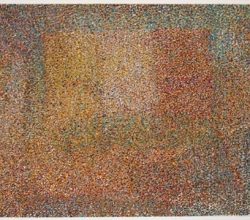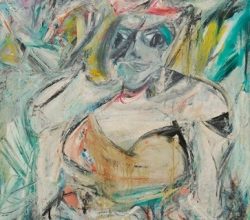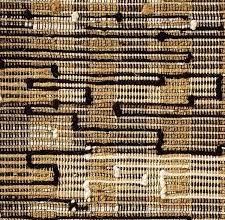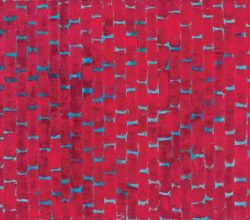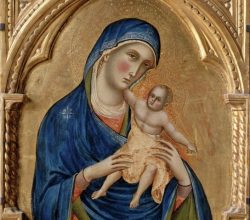
The Ancient Olympics and Other Athletic Games
Alexis Belis | The Met | 23rd July 2021
For those of you for whom wall-to-wall TV coverage of the Olympics is insufficient, some history. New York’s Met holds a sizable collection of painted Greek terracotta pots, some of which describe sports from the ancient Olympic games. The premier event of the day – neither the marathon nor the 100m sprint, but the four-horse chariot race.

